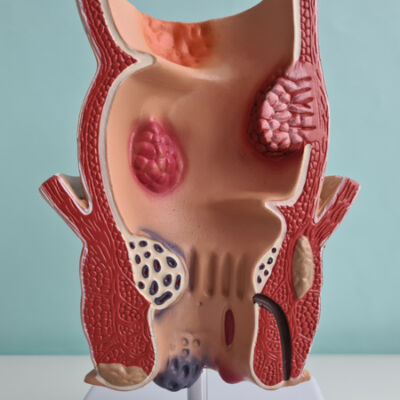Digestive Exploration
Digestive Exploration
Digestive Exploration is a medical procedure that allows doctors to visualize and examine the digestive system. It is often used to diagnose conditions such as ulcers, tumors, and digestive disorders. During a digestive exploration, a thin tube with a camera on the end, called an endoscope, is inserted through the mouth or rectum and passed through the esophagus, stomach, small intestine, and colon. This allows for detailed images of the digestive tract to be captured and transmitted to a monitor for the doctor to analyze. The procedure can also involve taking tissue samples (biopsies) from suspicious areas for further examination. These biopsies can help doctors make accurate diagnoses and determine the best course of treatment. Digestive explorations are typically performed under sedation to minimize discomfort for the patient. However, some patients may experience mild side effects such as bloating, nausea, or throat irritation. It is important to follow your doctor's instructions before and after the procedure, including fasting beforehand and avoiding certain medications that can interfere with the results. If you are experiencing symptoms such as abdominal pain, difficulty swallowing, or changes in bowel movements, a digestive exploration may be recommended by your doctor. Early detection and treatment of digestive conditions can lead to better outcomes and improved overall health.A hiatal hernia is a little-known condition that affects many people around the world.
Hemorrhoids are swollen veins in the lower rectum and anus. They are often the result of straining to have a bowel movement or pregnancy.
If you are scheduled to have an endoscopy, this comprehensive guide will help you understand the process and prepare for the exam. Everything you need to know is here!






